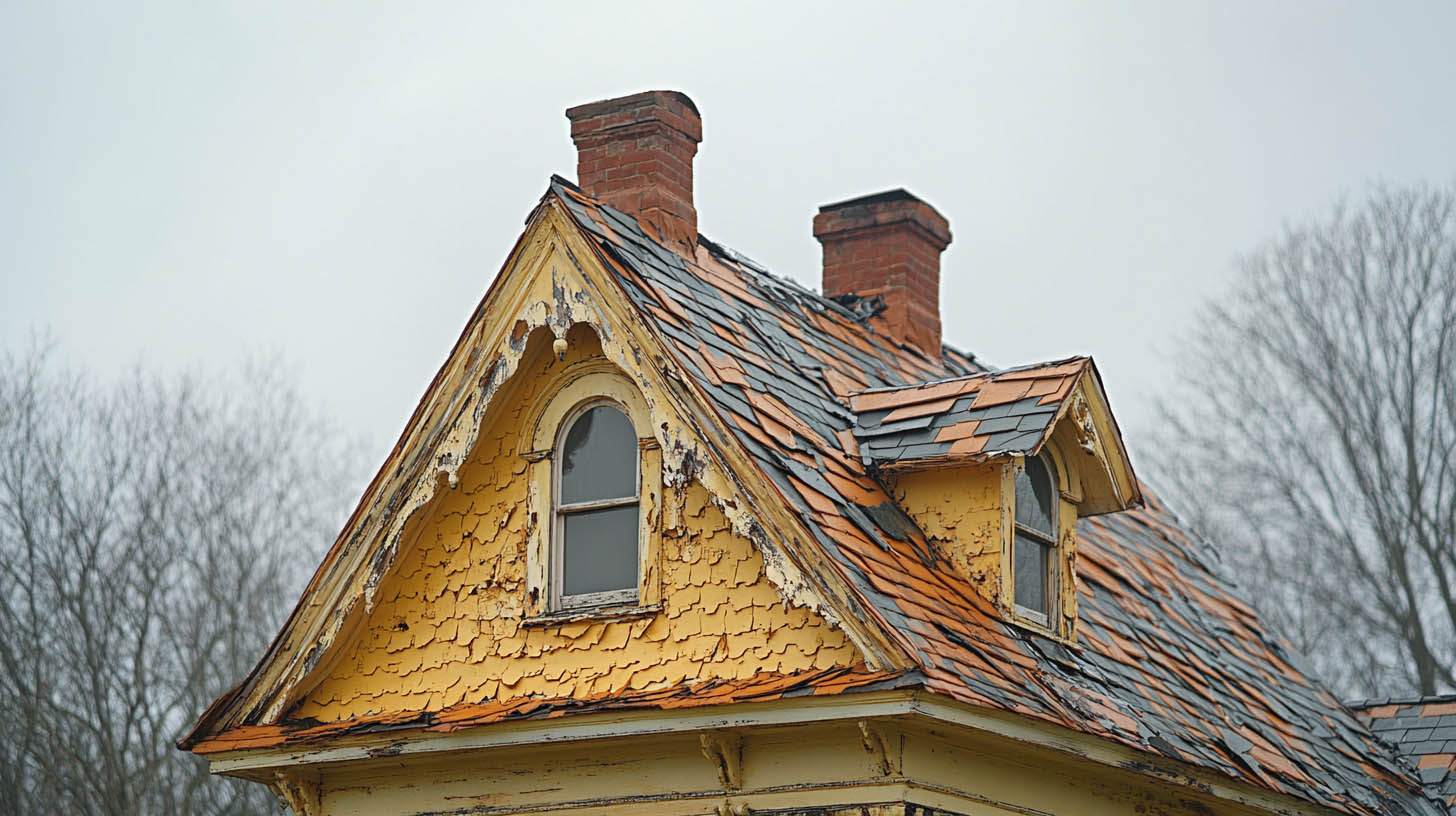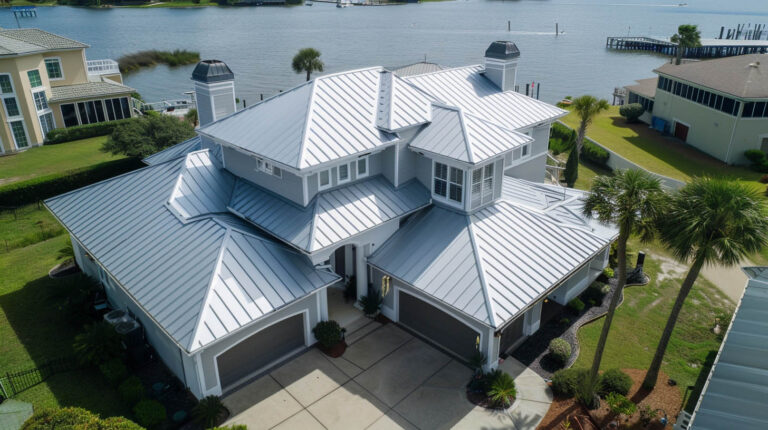
Blog
Roofing Installation Hazards: Why Safety Should Be a Priority
Roof installation is a high-risk job, and the dangers increase when weather conditions are less than ideal. At Avenue Roofing, we understand that ensuring the safety of roofers is just as important as delivering quality workmanship. From extreme heat to stormy weather, roofing contractors must always be prepared for the unexpected. In this article, we’ll explore some of the most common hazards during roof installation and discuss ways to mitigate them.

1. Heat Exposure
Florida’s heat presents a significant danger to roofing crews. During summer months, roofers are often exposed to intense temperatures that can lead to heat exhaustion, dehydration, and heatstroke. Working on roofs, which can absorb and radiate heat, makes the conditions even more hazardous.
To reduce the risk of heat-related injuries, it’s essential for employers to enforce frequent breaks and ensure that workers stay hydrated. Sending multiple workers to a job site allows them to rotate tasks, preventing any one person from being overexposed to the sun.
Fun Fact: Asphalt shingles can reach temperatures as high as 170°F on hot days, intensifying heat exposure for roofers.
2. Rain and Storms
While rain may seem like a minor inconvenience, it poses significant risks to roofing contractors. Wet surfaces increase the chances of slips and falls, and working during a storm is simply not feasible. Florida’s unpredictable weather can make it difficult to plan roofing projects, but contractors must always be prepared for sudden changes in weather.
When rain begins mid-project, securing loose materials and ensuring no water penetrates the underlayment becomes a priority. Employers should ensure their workers are equipped with proper safety gear, such as slip-resistant footwear and harnesses.
3. Wind Hazards
High winds are another challenge for roofers. According to the Occupational Safety and Health Administration (OSHA), it is unsafe to work on roofs when wind speeds exceed 30 mph. Even at lower wind speeds (over 30 mph), handling materials like shingles and tools can become dangerous.
Strong winds not only make roof work difficult but also increase the risk of injury from flying debris. Employers should provide their workers with specialized safety equipment, including harnesses, sturdy ladders, and hardhats, to minimize risks. Training workers on how to recognize hazards in windy conditions is also essential to keeping them safe.
4. Falls and Structural Hazards
Working at heights is inherently risky, and falls are one of the leading causes of injuries in roofing. Loose shingles, weakened structural components, and uneven surfaces can make roof installation even more dangerous.
To protect workers, employers should install fall protection systems, such as guardrails or safety nets, and conduct regular job site inspections to identify potential hazards. Proper training in fall prevention techniques is also crucial for reducing the risk of accidents.
5. Electrical Hazards
Roofers often work near power lines, which increases the risk of electrocution. Employers should ensure that workers are aware of the location of power lines and maintain a safe distance when working near them. Additional precautions, such as using non-conductive tools and wearing proper protective gear, are critical for minimizing the risk of electrical accidents.
Conclusion
Roofing is a hazardous occupation, but with the proper safety precautions, training, and equipment, many of the risks can be mitigated. Whether it’s the intense Florida heat, the threat of storms, or working at heights, roofing contractors must be prepared to handle a variety of challenging conditions. At Avenue Roofing, we make safety a top priority, ensuring that our team is equipped to handle the toughest jobs without compromising their well-being.
FAQs
1. What are the most common hazards during roof installation?
Common hazards include heat exposure, falls, wind, rain, and electrical hazards.
2. How can roofing contractors stay safe in extreme heat?
Employers should enforce regular breaks, provide water, and rotate workers to minimize heat exposure.
3. Can roofers work in the rain?
Working in rain increases the risk of slips and falls. If rain starts mid-project, securing materials and ensuring safety is the top priority.
4. What wind speed is too dangerous for roofers?
According to OSHA, it’s unsafe to work on roofs when wind speeds exceed 40 mph.
5. What precautions should be taken when working near power lines?
Workers should maintain a safe distance from power lines, use non-conductive tools, and wear protective gear to avoid electrical hazards.
To discover the unexpected advantages of installing a new roof, click here.



